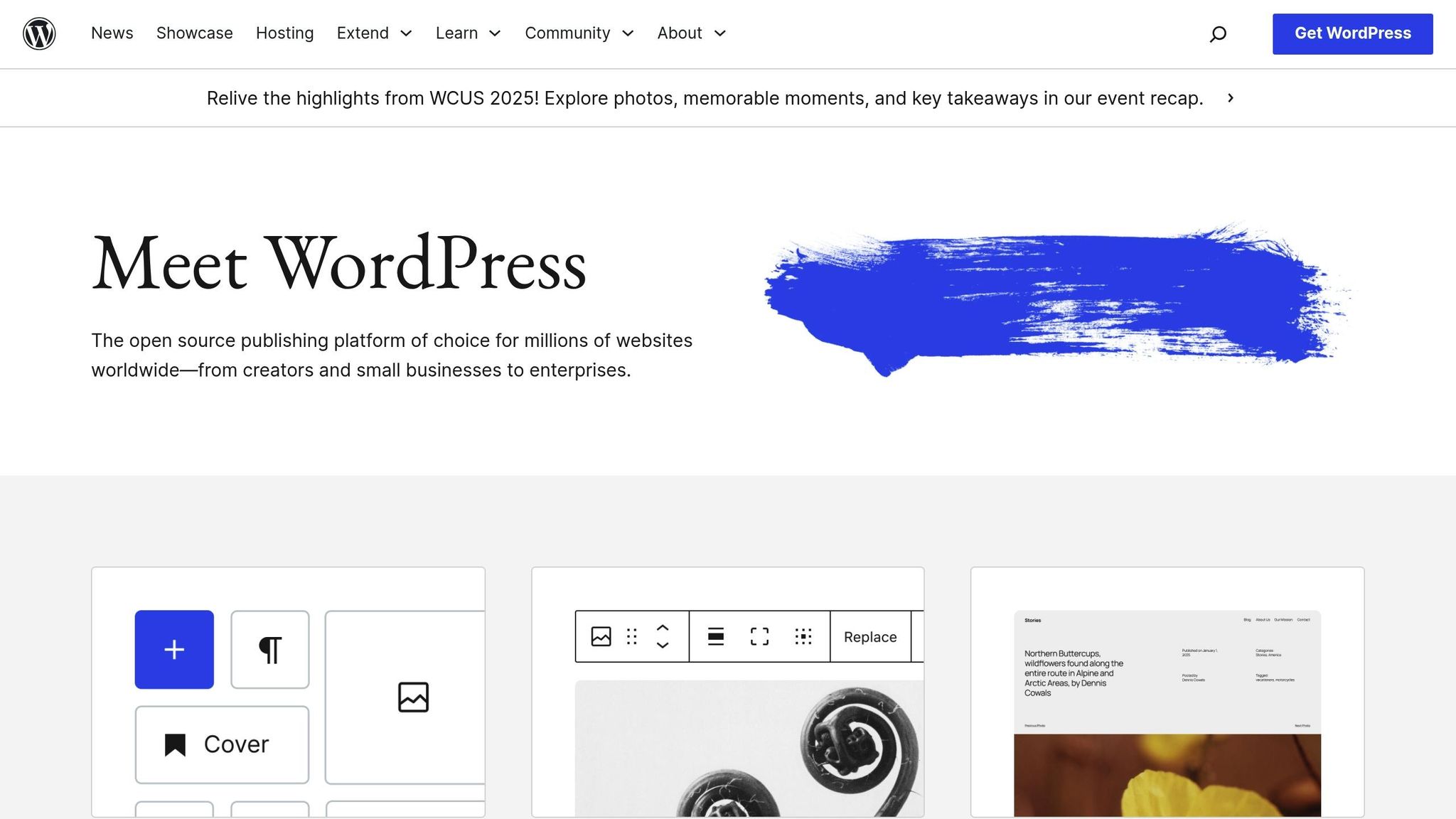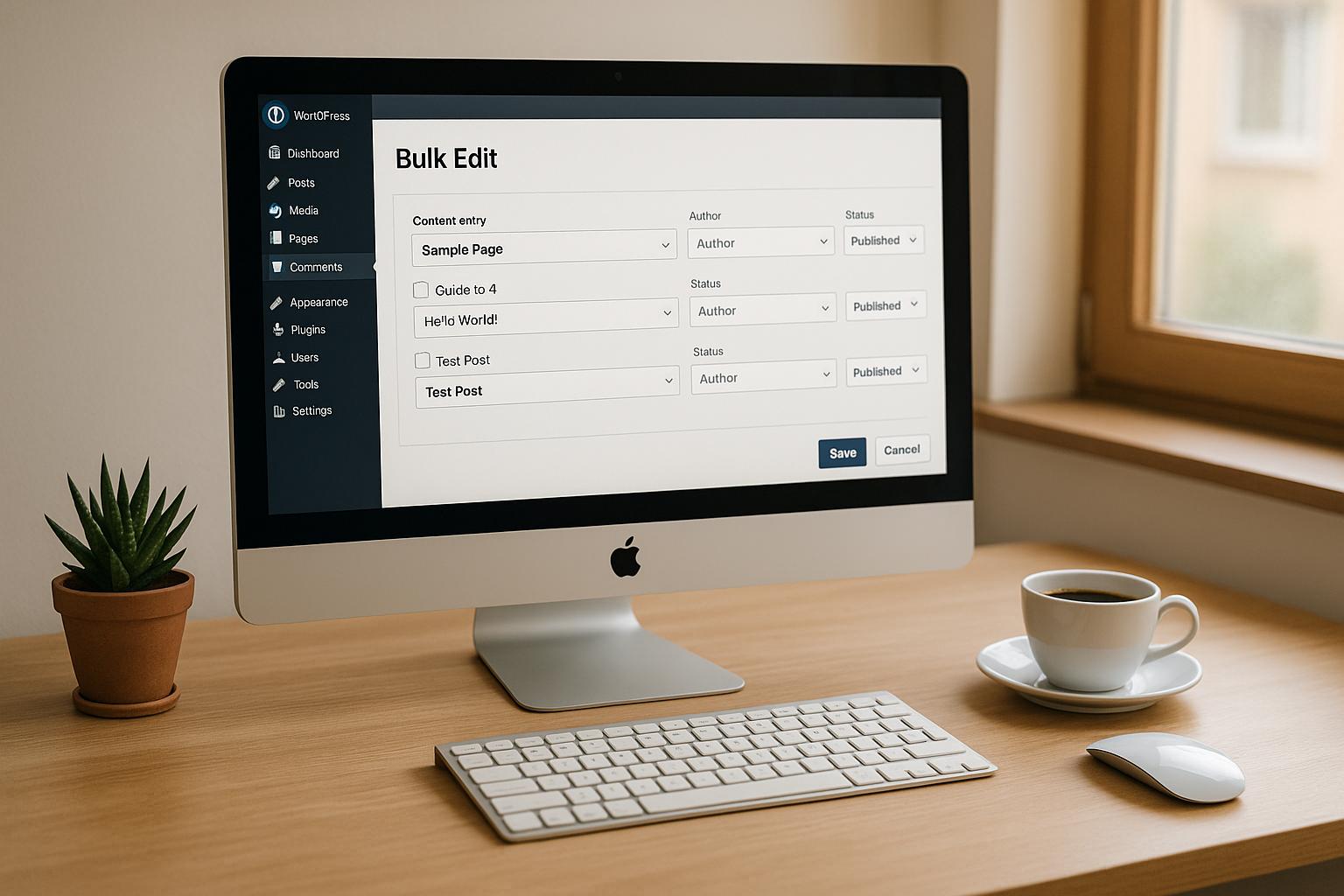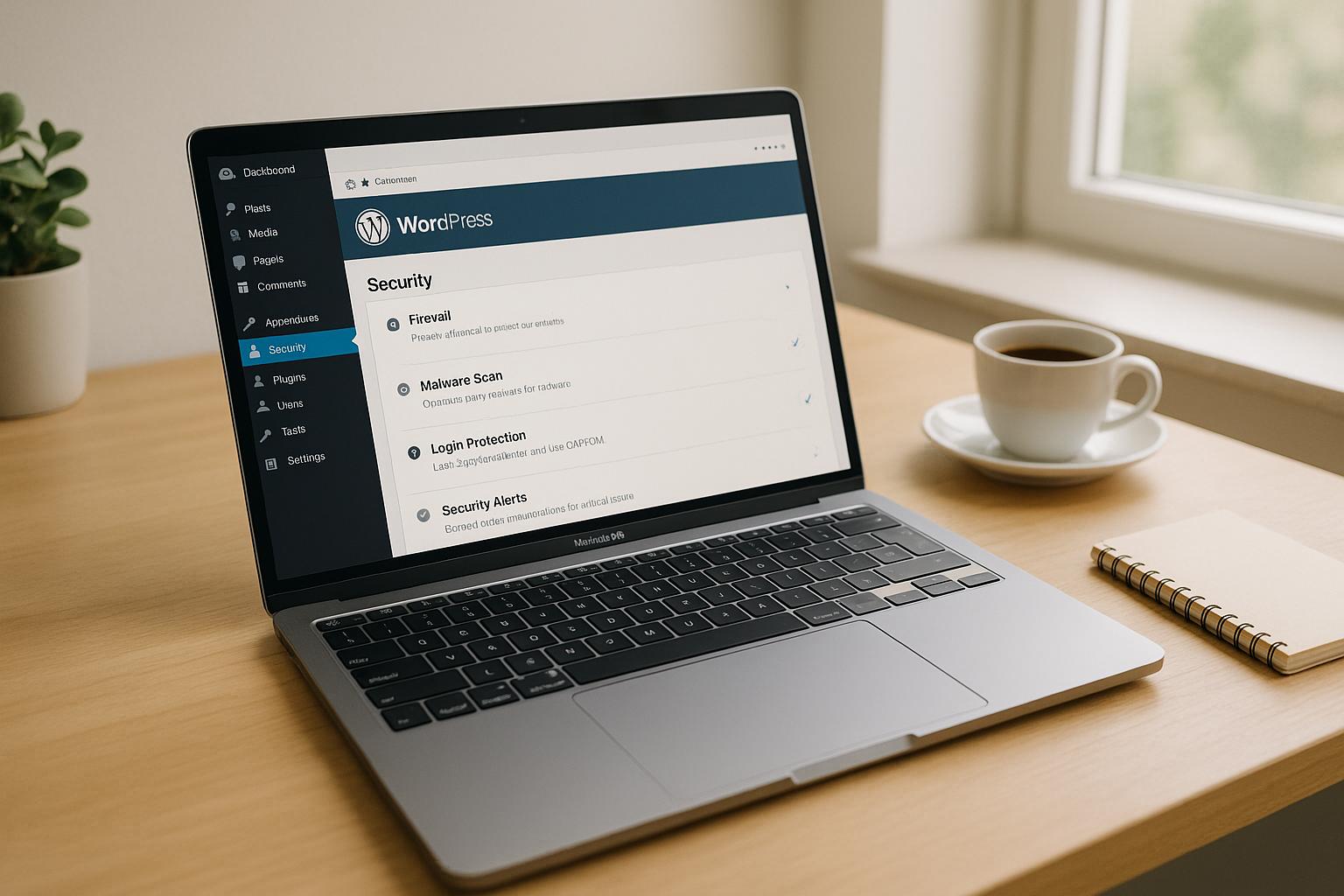As a business owner, entrepreneur, or digital agency reliant on WordPress, ensuring your website operates at optimal speed isn’t just an option – it’s critical. A slow-loading website can drive potential customers away, impact user experience, and harm your search engine rankings. But what if you could boost your website’s performance to achieve a speed score of 90+ on both mobile and desktop with minimal effort? Let’s break down how you can do this using practical solutions and a little help from technology.
Why Website Speed Matters
Speed optimization is no longer a "nice-to-have" – it’s an essential aspect of maintaining a competitive online presence. Here’s why improving your website speed should be a top priority:
1. Enhanced User Experience
A slow website is frustrating for visitors. Studies show that if a page takes more than three seconds to load, most users will leave, significantly increasing your bounce rate. A faster website keeps visitors engaged, improving the likelihood of conversions.
2. SEO and Rankings
Google considers page speed a key ranking factor. Slow-loading websites are flagged as "lazy loading" sites, which can hurt search engine rankings, pushing your site further down in search results.
3. Increased Conversions
Fast-loading websites create a seamless experience, encouraging visitors to complete actions like filling out forms, purchasing products, or subscribing to services. Every second saved on loading time can directly boost your conversion rates.
4. Improved Mobile Performance
Mobile users often rely on slower networks compared to desktops. A fast website ensures smooth access for on-the-go users, regardless of their internet speed.
Common Factors That Slow Down WordPress Websites

Before diving into solutions, it’s important to understand the root causes of slow website performance. Here are some of the most common issues:
1. Heavy Images
Large, unoptimized images significantly increase loading times. Formats like PNG or oversized media files can weigh down your site.
2. Unnecessary HTTP Requests
Too many CSS, JavaScript, or image files loading at once can overwhelm your server.
3. Poor Hosting
Low-cost or unreliable hosting providers might save money initially, but they often compromise speed and performance.
4. Lack of Browser Caching
Without caching, browsers must reload all elements of a site each time a user visits, leading to slow load times.
5. Unused Code
Unused CSS, JavaScript, or other scripts can clutter your site and increase load times unnecessarily.
6. Absence of a CDN (Content Delivery Network)
Without a CDN, content delivery is centralized, making it slower for visitors farther from the server.
A Step-by-Step Guide to Boosting WordPress Speed
Here’s how you can optimize your WordPress website speed with ease, using an advanced yet straightforward plugin:
Step 1: Use Performance Analysis Tools
Before optimizing, identify your website’s current performance metrics. Tools like Google PageSpeed Insights and GTmetrix provide detailed insights into your website’s speed and the factors affecting it.
- Go to Google PageSpeed Insights.
- Enter your website URL.
- Analyze the results for both mobile and desktop performance.
- Note areas that need improvement, such as server response time, image optimization, or unused scripts.
Step 2: Install a Powerful Optimization Plugin
The video introduces a highly effective plugin that automates most speed optimization tasks without requiring technical setup. Follow these steps to install and use the plugin:
- Download the Plugin:
- Visit the plugin’s official website and download the file.
- Install and Activate:
- Access your WordPress dashboard, navigate to
Plugins > Add New > Upload Plugin, and upload the downloaded file. - Click "Install" and then "Activate."
- Access your WordPress dashboard, navigate to
- Connect Your Website:
- After activation, the plugin will prompt you to connect your website. Enter your site URL and follow the verification process.
Step 3: Let the Plugin Automate Optimization
Once connected, the plugin analyzes your site and automatically applies the necessary fixes, including:
- Minifying JavaScript, CSS, and HTML: Removes unnecessary spaces and comments to reduce file size.
- Optimizing Images: Compresses images and converts them to modern formats like WebP.
- Preloading Content: Ensures critical resources are loaded faster.
- Browser Caching: Saves files locally on visitors’ devices for faster repeat visits.
- Lazy Loading: Loads images and videos only when they are visible on the user’s screen.
This automation means you don’t need to tinker with settings manually. The plugin handles everything, from fixing unused CSS to reducing server requests.
Step 4: Verify the Results
After optimization, revisit Google PageSpeed Insights or another performance tool to assess the improvements. Look for the following indicators:
- Page Speed Score: Aim for 90+ on both mobile and desktop.
- Page Size: Ideally, below 2MB.
- Load Time: Between 1-2 seconds.
- HTTP Requests: Reduced to a minimum, ideally below 50.
Step 5: Final Checks
Finally, review your website manually to ensure the optimization hasn’t broken any design elements or functionality. Confirm that images, layout, menus, and forms are still functioning as expected.
Best Practices for Continued Speed Optimization
To maintain your website’s performance over time, consider these additional tips:
- Choose Quality Hosting: Invest in a reliable hosting provider with strong server performance.
- Regularly Update Plugins and Themes: Outdated software can slow down your site and introduce vulnerabilities.
- Limit Plugin Usage: Only keep essential plugins active to avoid unnecessary server requests.
- Use a CDN: Distribute your content via a global CDN to improve loading speed for visitors worldwide.
- Monitor Performance Regularly: Set intervals to test your website’s speed and address issues promptly.
Key Takeaways
- Speed Impacts Success: A fast-loading website enhances user experience, improves search rankings, and boosts conversion rates.
- Automation is Key: Use advanced optimization plugins to handle complex tasks effortlessly.
- Focus on Mobile: Prioritize mobile optimization, as a majority of users access websites via smartphones.
- Tools Matter: Leverage tools like Google PageSpeed Insights to monitor and measure performance.
- Go Beyond Basics: Regularly update plugins, use high-quality hosting, and consider a CDN for added benefits.
Conclusion
Optimizing your WordPress website speed doesn’t have to be a technical headache. With the right tools and practices, you can transform your website into a high-performing, fast-loading platform that delights users and achieves business goals. By focusing on automation and leveraging plugins that handle the heavy lifting, you free up time to concentrate on what truly matters – growing your business.
So, take the first step today: analyze your website’s speed, implement these strategies, and watch your performance skyrocket. A faster website is not just a technical enhancement – it’s a key driver of success in the digital age.
Source: "WordPress Website Speed Optimization | Speed Up Your WordPress Site Fast | Advance SEO Academy" – Advance SEO Academy, YouTube, Aug 22, 2025 – https://www.youtube.com/watch?v=I6-4bi_nqLM
Use: Embedded for reference. Brief quotes used for commentary/review.







